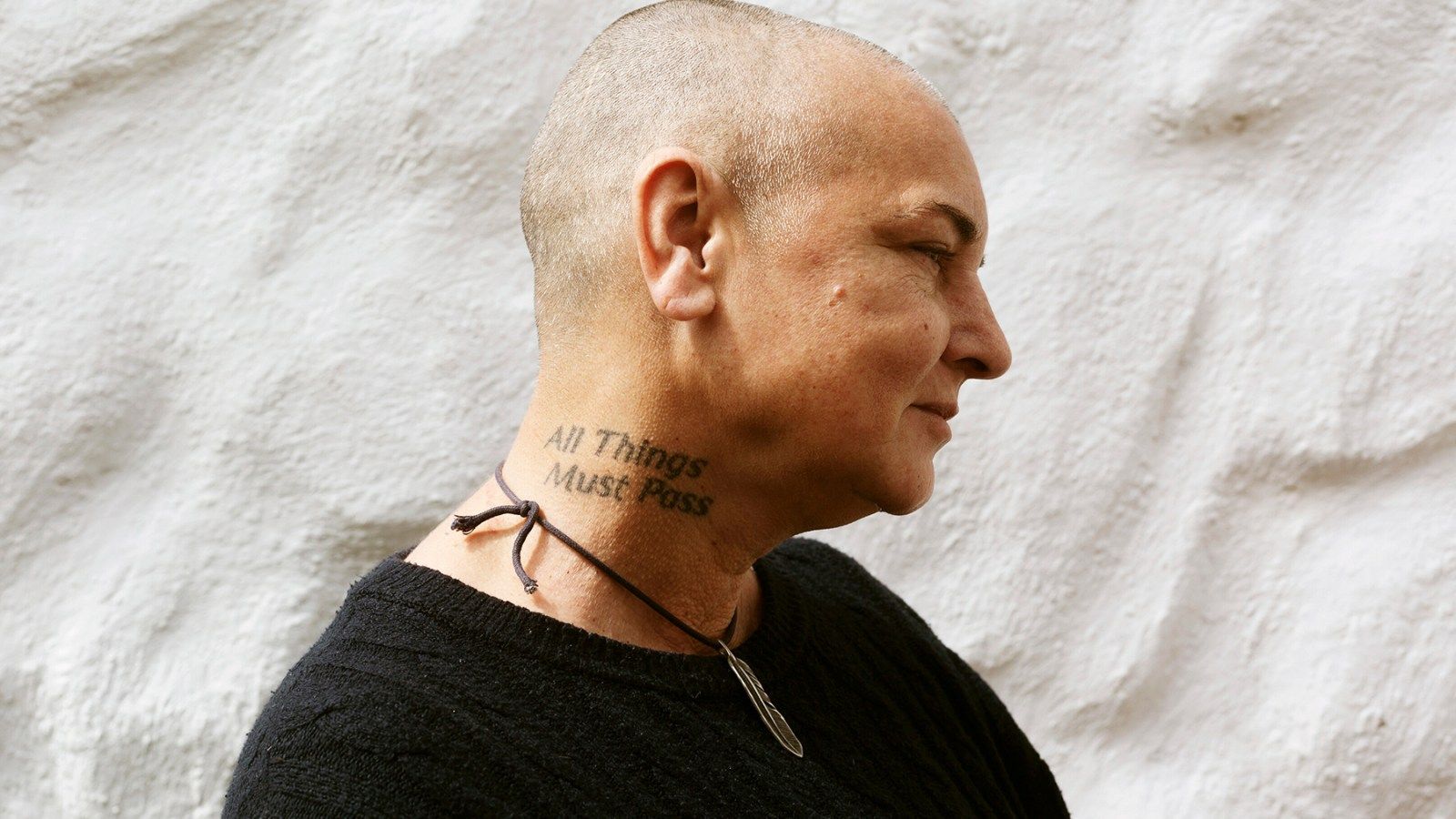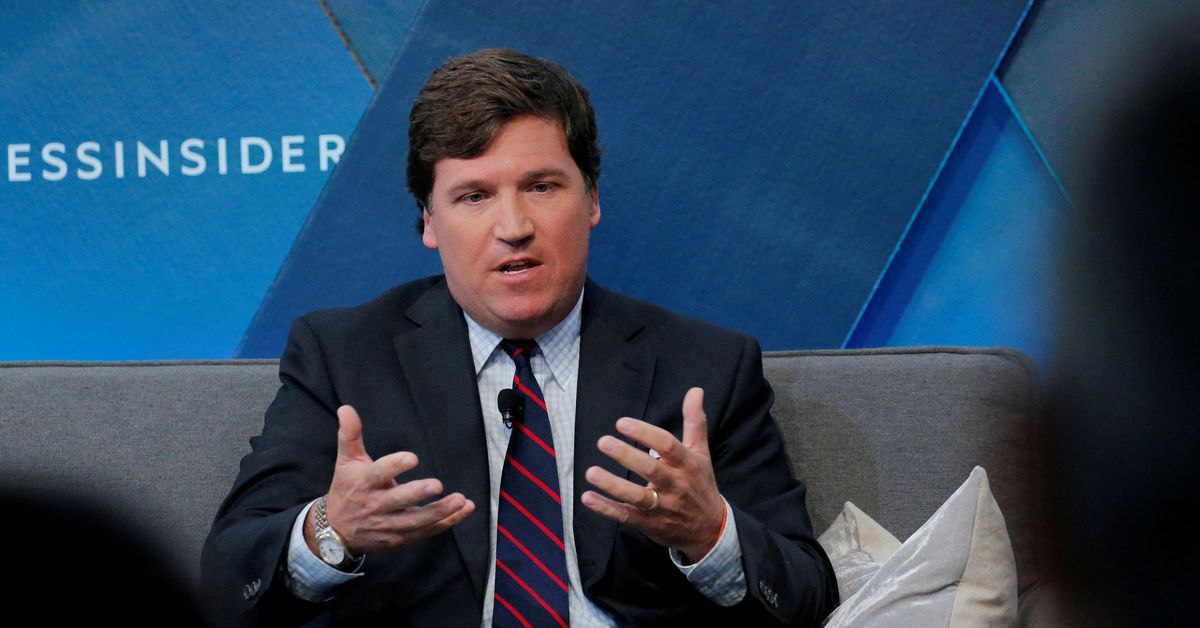Sinead O’Connor Dead: Inside the Making of Her Last Album
The calls to producer David Holmes’ Belfast home studio arrived sporadically, sometimes a week or a mere few days in advance. “Are you around?” Sinéad O’Connor would say. “Do you have time?” If Holmes did, O’Connor would then take the nearly three-hour drive from her home in Bray, the Irish coastal town where she was then living, to continue work on what would be the last album of her life.
On July 11, just two weeks before she was found unresponsive in her new home in London, O’Connor announced that she would “soon be finishing my album.” The record, No Veteran Dies Alone, had been in the works for about five years and would have been O’Connor’s first since 2014’s I’m Not Bossy, I’m the Boss. According to Holmes, the eight-song album — which he describes as “emotional and really personal” — was one track away from completion when O’Connor died.
Holmes, the renowned Irish DJ and producer who has scored films (the Ocean’s Eleven remake and its sequels among them) and made pioneering EDM albums like Let’s Get Killed, first met O’Connor briefly at an awards show in the late Nineties. But they finally had a chance to speak at a 60th birthday party for the Pogues’ Shane McGowan around 2017. “She was walking to where I was standing, and I introduced myself,” Holmes says. “She didn’t know anything about me, really. But I said I wanted to make a record about healing since I’ve had my own issues with mental health, and music was always a comfort. And as a producer, I always felt that Sinéad hadn’t even scratched the surface of what was possible with her voice.”
The two first worked together on a cover of gospel great Mahalia Jackson’s “Trouble of the World,” which O’Connor released in 2020 in response to George Floyd’s death. Holmes had an immediate taste of O’Connor’s intense devotion to her craft when he heard a knock on the door of his home in Belfast at 9 a.m. O’Connor told him that she was so psyched about the track that she had left her home in the middle of the night to work on it with him: “She said, ‘I couldn’t sleep, and it was 3 a.m. and I drove up.’ She must have been sitting in my driveway for a couple of hours.” Editor’s picks
When work on a full album with Holmes got underway, O’Connor would send Holmes texts of bare-boned new songs with just her voice and acoustic guitars. She also seemed in no rush to re-enter a business that often repulsed her. “It was very much an album she made when she was ready,” he says. “She said, ‘It takes me a while to write a song, but when it’s finished, it’ll be worth it.’ I made a decision that I was never going to to push her. It was all done on her terms.”
On and off during those years, which included her conversion, the publication of her memoir, and a premature announcement about retiring from music, O’Connor would always drive up alone from Bray, and she and Holmes went to work setting those songs to music. On some tracks, Holmes provided all the instrumentation; in one case, he brought in a small chamber group to back her up. During downtime, she’d talk about her love of the two Bobs — Marley and Dylan — and then be gone again. “After recording a vocal,” he says, “she’d have a sandwich and a cup of tea and then drive back down to Bray again.”
O’Connor also had an idea for the cover of No Veteran Dies Alone. In 2019, Jacob Stack, a young Irish artist who calls himself “very much a nobody illustrator/artist/scribbler,” saw O’Connor sing “Nothing Compares 2 U” on an Irish late-night talk show and posted an illustration of her online. To what he calls his “massive shock,” O’Connor wrote to him and asked if she could use the drawing for her Twitter profile.
A year later, O’Connor reached out to Stack again, asking if he could create artwork for her new album. “This left me genuinely speechless,” he says. “I pieced together some sort of a reply, not really believing what was happening. She had a title, No Veteran Dies Alone, and had a clear idea of what she wanted from the illustration and described it perfectly.” Those details, Stack says, amounted to a forest scene — “greens, nice and dark, and there was to be a girl, a winter-green coat, a bobble hat, and a torch that she would be shining into the forest. It was a very vivid, clear, and realized description.” As additional instructions, she wrote to him, “Then strut your funky stuff.” Related
When Stack submitted the final version, she told him it was “fucking gorgeous” before announcing on her socials that Stack would be the cover artist. “But you can’t see it,” she wrote, “until release in late 2021.” The album was delayed again; a few months later, O’Connor’s son Shane tragically took his life, and O’Connor stopped working and postponed a tour. Trending Travis Scott's 'Utopia' Features Literally Everyone: Beyoncé, Drake, Bon Iver, SZA, Even Dave Chappelle Netflix’s ‘The Lady of Silence’ May Be the Year’s Best True Crime Doc Conservatives Are Furious That Nancy Mace Has Premarital Sex Morrissey Slams Sinead O'Connor Tributes: 'You Praise Her Now Only Because It Is Too Late'
Whether Stack’s illustration will ultimately grace the album cover is not yet known, nor is the timing for the release of the music itself. Holmes said he last spoke with O’Connor around the time she posted about the record on Facebook, not long before she died. “She was excited about it and excited to get it finished,” he says. But at this point, he isn’t sure what will come of the work: “This is up to her family and estate, and I will gladly do as I’m told,” he says. O’Connor’s management has not yet determined when and how the music will be unveiled.
Last year, during the making of the album she never completed, the sympathetic O’Connor doc Nothing Compares was released. Holmes recalls her expressing appreciation for the movie, which documented how she was scorned and practically blacklisted after speaking her mind about the Catholic Church and other issues. “Like any brilliant artist, she suffered from real insecurities,” he says. “But she could see how much people loved her. It really made her smile and cheered her up. She was probably the first person I can remember being canceled, and she paid a heavy price for that. But she was such a survivor and such a warrior. That was never going to keep her down.”
Source: Rolling Stone


